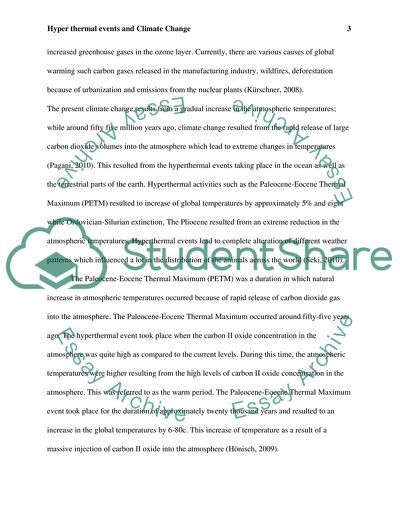Cite this document
(Hyper Thermal Events and Climate Change Essay Example | Topics and Well Written Essays - 2500 words, n.d.)
Hyper Thermal Events and Climate Change Essay Example | Topics and Well Written Essays - 2500 words. https://studentshare.org/physics/1822039-are-there-any-geological-analogues-for-current-climate-change
Hyper Thermal Events and Climate Change Essay Example | Topics and Well Written Essays - 2500 words. https://studentshare.org/physics/1822039-are-there-any-geological-analogues-for-current-climate-change
(Hyper Thermal Events and Climate Change Essay Example | Topics and Well Written Essays - 2500 Words)
Hyper Thermal Events and Climate Change Essay Example | Topics and Well Written Essays - 2500 Words. https://studentshare.org/physics/1822039-are-there-any-geological-analogues-for-current-climate-change.
Hyper Thermal Events and Climate Change Essay Example | Topics and Well Written Essays - 2500 Words. https://studentshare.org/physics/1822039-are-there-any-geological-analogues-for-current-climate-change.
“Hyper Thermal Events and Climate Change Essay Example | Topics and Well Written Essays - 2500 Words”. https://studentshare.org/physics/1822039-are-there-any-geological-analogues-for-current-climate-change.


